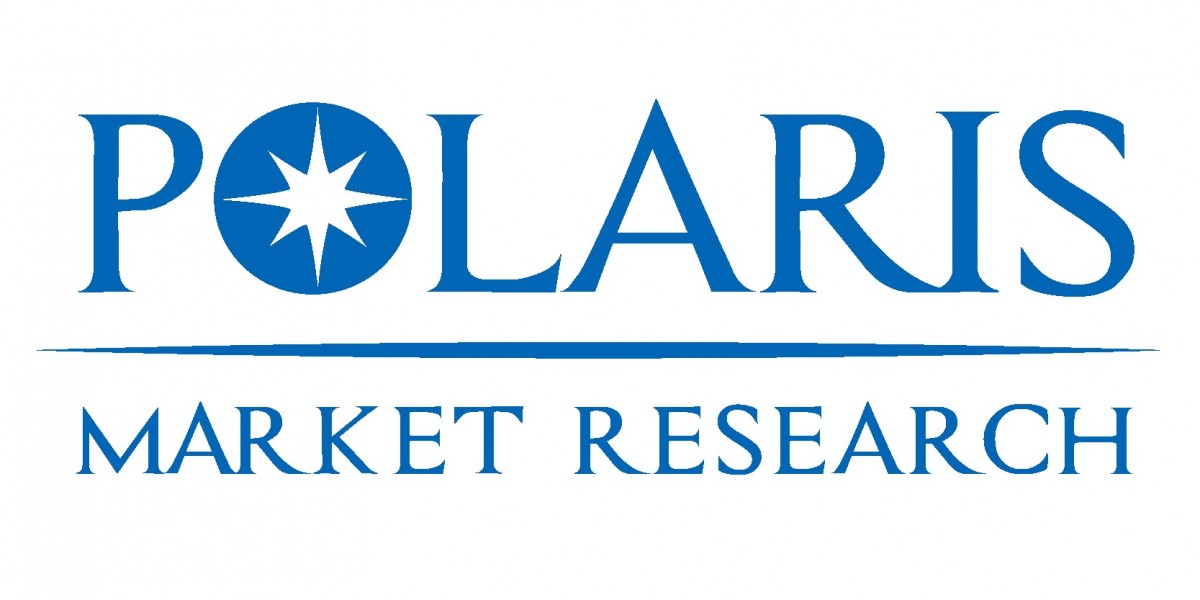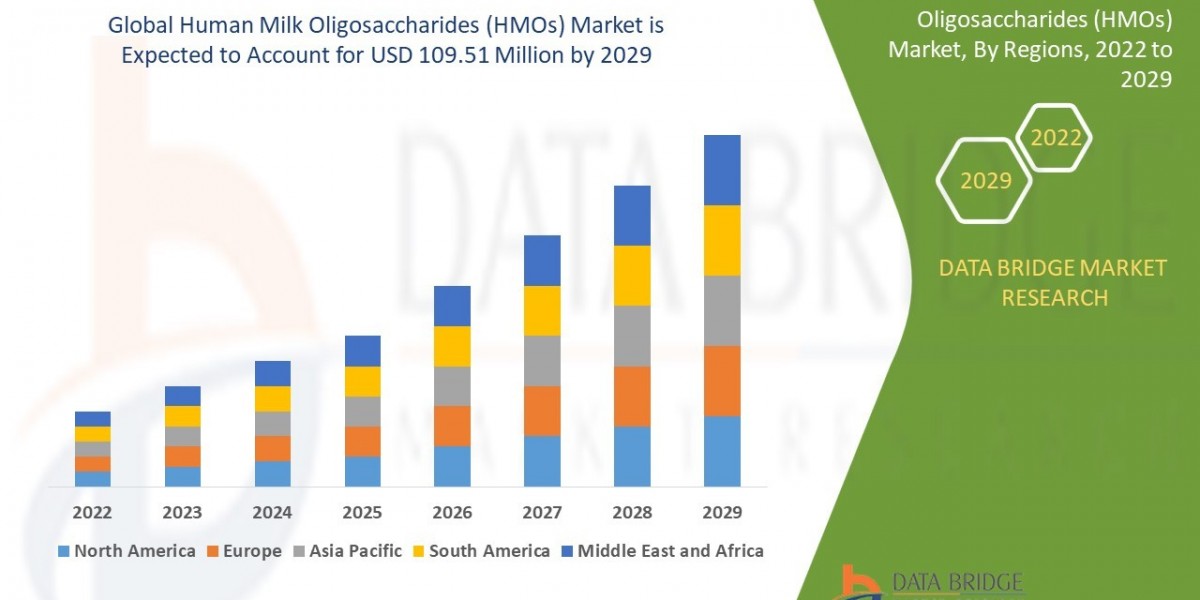Passwords alone are no longer enough. Criminals exploit weak or reused credentials to breach accounts every day. Multi-factor authentication (MFA) adds extra layers of defense, making unauthorized access far more difficult. If you want stronger Data Privacy Protection, adopting MFA isn’t optional—it’s a core strategy.
Step 1: Understand What MFA Is
MFA means verifying identity using two or more factors: something you know (a password), something you have (a phone or token), and something you are (a fingerprint or face scan). When combined, these factors form a defense similar to multiple locks on a door. If one fails, others still stand.
Step 2: Identify Critical Accounts
Start by listing your most sensitive accounts—online banking, email, cloud storage, and workplace logins. These are the gateways criminals target first. By prioritizing them for MFA, you secure the areas where a breach would cause the most damage. Do you already have MFA active on your primary email? If not, that’s where to begin.
Step 3: Choose the Right Authentication Methods
Not all MFA options offer the same protection. SMS codes are better than nothing but can be intercepted. App-based authenticators provide stronger defenses, while hardware tokens and biometric checks add even higher security. Frameworks promoted by organizations like sans highlight the importance of choosing methods that balance usability with strength.
Step 4: Create a Rollout Plan
For individuals, the rollout may mean enabling MFA one account at a time. For businesses, it requires structured deployment: start with administrators, expand to high-risk departments, then scale organization-wide. A phased approach reduces friction and ensures employees adapt gradually rather than resisting sudden change.
Step 5: Train for Everyday Use
MFA only works if people use it correctly. Provide training on how authentication apps work, what to do if tokens are lost, and how to recover locked accounts. Clear instructions prevent frustration that might otherwise lead users to disable MFA. Think of this as teaching drivers how to use seatbelts—it’s part of the routine, not an inconvenience.
Step 6: Plan for Backup and Recovery
What happens if your phone dies or you misplace a hardware token? A good MFA strategy includes backup codes, secondary devices, and help-desk procedures. Without recovery steps, users may lock themselves out of critical accounts, creating new risks. Always document and test your recovery plan before emergencies strike.
Step 7: Integrate With Broader Security Practices
MFA should not stand alone. Pair it with password hygiene, regular updates, and network monitoring. When layered together, these defenses reinforce each other. If MFA is a lock on your door, think of these complementary practices as reinforced walls and surveillance. Together, they build a holistic approach to Data Privacy Protection.
Step 8: Monitor and Adjust Over Time
Threats evolve, and so should your MFA setup. Review usage logs, track attempted breaches, and update tools when vulnerabilities are discovered. Organizations should set quarterly reviews to ensure methods remain effective and aligned with best practices. For individuals, checking settings twice a year is a good habit.
Step 9: Balance Security and Convenience
Too much friction may cause people to avoid MFA altogether. Choose tools that are secure but practical—biometric scans, push notifications, or authenticator apps often strike the right balance. When designing policies, always weigh user experience against security needs to prevent risky workarounds.
Putting the Strategy Into Action
The importance of MFA is clear: it transforms single points of failure into layered resilience. By following these steps—understanding the concept, prioritizing accounts, selecting methods, planning rollouts, and maintaining recovery options—you create a system that resists intrusion. With guidance from bodies like sans and your own commitment to vigilance, MFA becomes more than an extra step—it becomes the cornerstone of trust in digital life.








